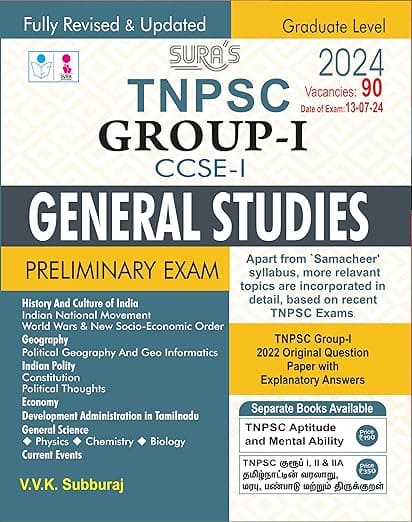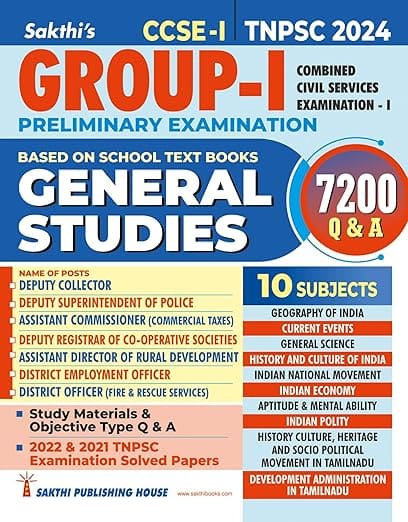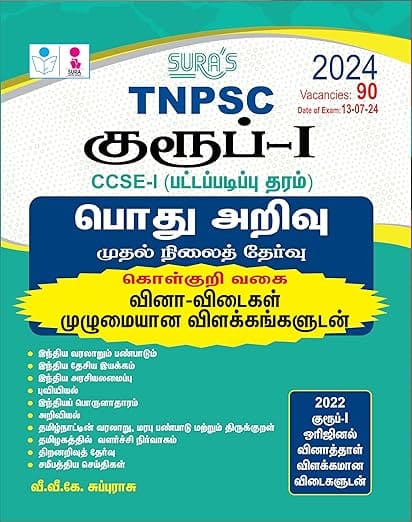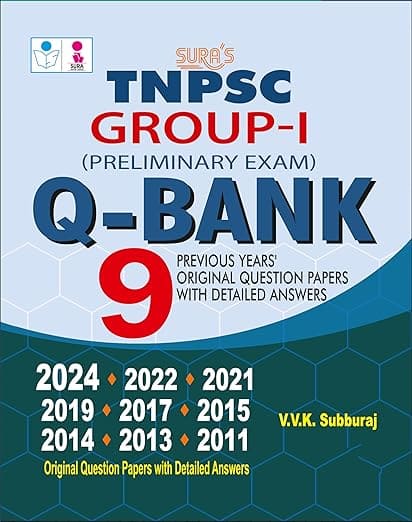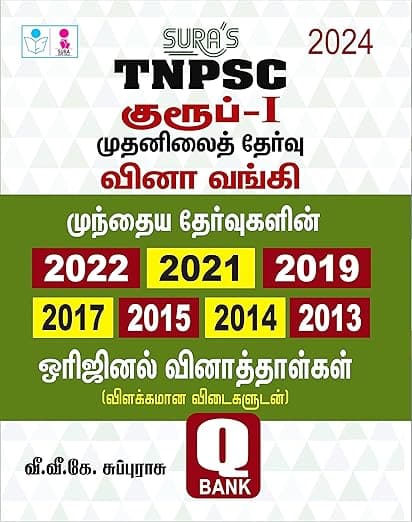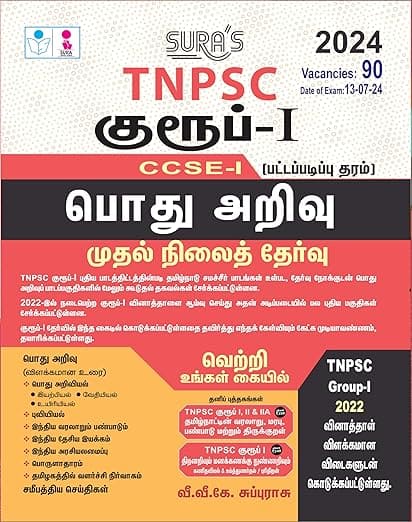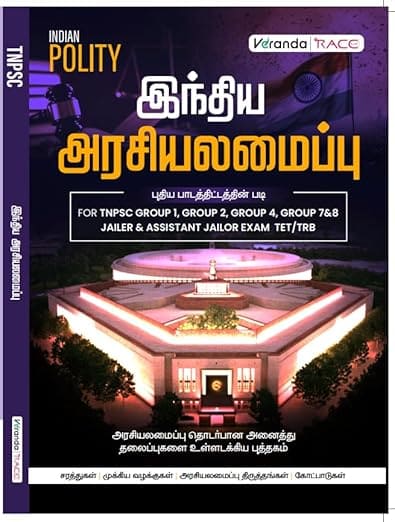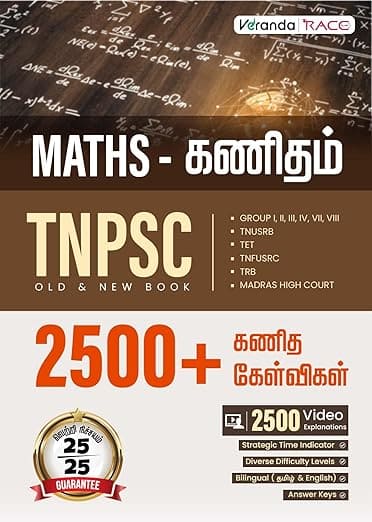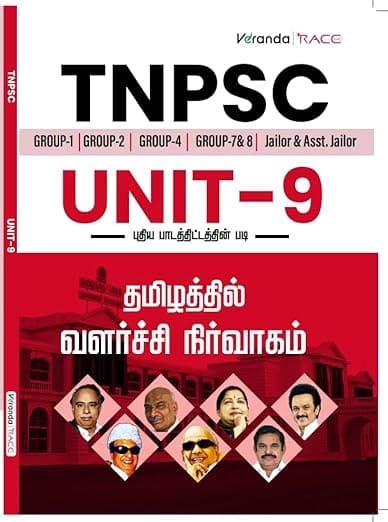Religious Policy
- Harsha was a worshipper of Siva at least up to 631 CE.
- But he embraced Buddhism under the influence of his sister Rajyasri and the Buddhist monk Hieun Tsang.
- He subscribed to the Mahayana school of thought.
- Yet he held discourses among learned men of various creeds.
- Slaughter of animals and consumption of meat was restricted.
- Harsha summoned two Buddhist assemblies (643 CE), one at Kanauj and another at Prayag.
- The assembly at Kanauj was attended by 20 kings including Bhaskaravarman of Kamarupa.
- A large number of Buddhist, Jain and Vedic scholars attended the assembly.
- A golden statue of Buddha was consecrated in a monastery and a small statue of Buddha (three feet) was brought out in a procession.
- The procession was attended by Harsha and other kings.
Buddhist Assembly at Prayag
- Harsha convened quinquennial assemblies known as Mahamoksha Parishad at Prayag (at the confluence of the Ganges and Yamuna).
- He distributed his wealth among Buddhists, Vedic scholars and the poor people.
- Harsha offered fabulous gifts to the Buddhist monks on all the four days of the assemblage.
- Hieun Tsang observed that the principles of Buddhism had deeply permeated the Hindu society.
- According to him, people were given complete freedom of worship.
- Social harmony prevailed among the followers of various creeds.
- Harsha treated the Vedic scholars and the Buddhist bikshus alike and distributed charities equally to them.
Caste System
- Caste system was firmly established in the Hindu society.
- According to Hieun Tsang, the occupations of the four divisions of society continued to be in practice as in the previous times.
- People were honest and not deceitful or treacherous in their conduct.
- The butchers, fishermen, dancers and sweepers were asked to stay outside the city.
- Even though the caste system was rigid, there was no social conflict among the various sections of the society.
Status of Women
- Hieun Tsang’s account also provides us information on the position of women and the marriage system of the times.
- Women wore purdah.
- Hieun Tsang, however, added that the purdah system was not followed among the higher class.
- He pointed out that Rajyasri did not wear purdah when listening to his discourse.
- Sati was in practice.
- Yasomatidevi, wife of Prabhakara Vardhana, immolated herself after the death of her husband.
Lifestyle
- The life pattern of the people of India during the rule of Harsha is known from the accounts of Hieun Tsang.
- People lived a simple life.
- They dressed in colourful cotton and silk clothes.
- The art of weaving fine cloth had reached perfection.
- Both men and women adorned themselves with gold and silver ornaments.
- The king wore extraordinary ornaments.
- Garlands and tiaras of precious stones, rings, bracelets and necklaces were some of the ornaments used by the royalty.
- The wealthy merchants wore bracelets.
- Women used cosmetics.
Dietary Habits
- Hieun Tsang also noted that Indians were mostly vegetarians.
- The use of onion and garlic in the food preparation was rare.
- The use of sugar, milk, ghee and rice in the preparation of food or their consumption was common.
- On certain occasions, fish and mutton were eaten.
- Beef and meat of certain animals were forbidden.
Education
- Education was imparted in the monasteries.
- Learning was religious in character.
- Much religious literature were produced.
- The Vedas were taught orally and not written down.
- Sanskrit was the language of the learned people.
- An individual took to learning between 9 and 30 years of age.
- Many individuals devoted their whole life to learning.
- The wandering bhikshus and sadhus were well known for their wisdom and culture.
- The people also paid respect to such people of moral and intellectual eminence.
Harsha as a Patron of Art and Literature
- Harsha patronised literary and cultural activities.
- It is said the state spent a quarter of its revenue for such activities.
- Bana, the author of Harshacharita and Kadambari, was a court poet of Harsha.
- The emperor himself was a renowned litterateur, which is evident from the plays he wrote such as Priyadarsika, Rathnavali and Nagananda.
- Harsha gifted liberally for the promotion of education.
- Temples and monasteries functioned as centres of learning.
- Renowned scholars imparted education in the monasteries at Kanauj, Gaya, Jalandhar, Manipur and other places.
- The Nalanda University reached its utmost fame during this period.
Nalanda University
- Hieun Tsang recorded the fame of the Nalanda University.
- Students and scholars from the Buddhist countries like China, Japan, Mongolia, Sri Lanka, Tibet and some other countries of Central and Southeast Asia stayed and studied in the university.
- Shilabhadra, a reputed Buddhist scholar, who probably hailed from Assam, was the head of the University during the visit of Hieun Tsang.
- As an educational centre of international fame, Nalanda had 10,000 students on its rolls.
- Dharmapala, Chandrapala, Shilabhadra, Bhadrihari, Jayasena, Devakara and Matanga were important teachers in the university receiving royal patronage.
Hiuen Tsang
- Hiuen Tsang, hailed as the prince of pilgrims, visited India during the reign of Harsha.
- Born in China in 612 CE he became a Buddhist monk at the age of twenty.
- During his travels, he visited various sacred places of northern and southern India.
- Hieun Tsang spent about five years in the University of Nalanda and studied there.
- Harsha admired him for his deep devotion to Buddha and his profound knowledge of Buddhism.
- Hieun Tsang carried with him 150 pieces of the relics of Buddha, a large number of Buddha image in gold, silver, sandalwood and above all 657 volumes of valuable manuscripts.

